#artist is henri regnault
Text

Exécution sans jugement sous les Rois Maures de Grenade, Henri Regnault, 1870
28 notes
·
View notes
Text
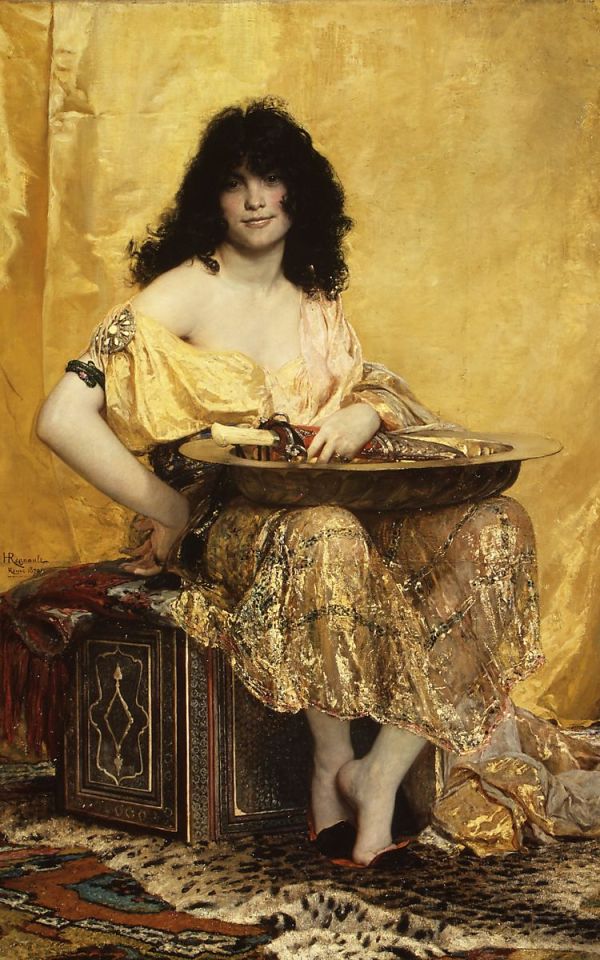
Salomé (1870).
Oil on Canvas.
160 cm (63 in) x 101 cm (40 in).
Metropolitan Museum of Art.
Henri Regnault (Full name: Alexandre Georges Henri Regnault) 31 October 1843 Paris, France 🇫🇷 - 19 January 1871 Rueil-Malmaison, France 🇫🇷 during the 2nd Battle of Buzenval.
Salomé is a 19th-century painting by French artist Henri Regnault. Done in oil on canvas, the work depicts the biblical character Salome. The work debuted in the Paris salon of 1870, several months before Regnault was killed in the Franco-Prussian War. The work is currently in the collection of the Metropolitan Museum of Art.
Which in turn inspired this (photoshopped? or repainted?) portrait of Nadja of Antipaxos (Natasia Demetriou) as Salomé from "What We Do In The Shadows."

#salome#1870#henri regnault#french artists#french artist#biblical women#women from the bible#oil on canvas#alexandre georges henri regnault#paris#france#french#salomé#metropolitan museum of art#mmoa#orientalism#orientalist art#french orientalism#french orientalist art#2nd battle of buzenval#battle of buzenval#franco prussian war#franco-prussian war#19th century art#nadja of antipaxos#vampire#wwdits#what we do in the shadows#natasia demetriou#art comparison
6 notes
·
View notes
Text

0 notes
Text

Salome by French painter Henri Regnault. 1870.
0 notes
Text
anyways wanna hear gen info abt alexandre cabanel my favie artist in the whole wide world (he is dead) well too bad ur gonna hear abt him!!!! (specifically his mini war with the church)(i am writing this from memory i am so sorry if i butcher any facts)
his work is generally that of the 'academic' art style bc at 16 or 17 (i dont rember which) he started art school and trained under this dude named picot who was another famous painter at the time :] there he learned academic style and made his way making a variety of religious paintings to appease the church....... cabanel later became a professor there and taught some other famous artists like pierre auguste cot (my second fav artist) and henri regnault!!!!!!
cabanel is probably most famous nowadays for his painting the fallen angel [l'ange déchu] which is below!!!!! it depicts lucifer upon falling from heaven looking heartbroken and enraged while the rest of the angels in heaven rejoice over his exile
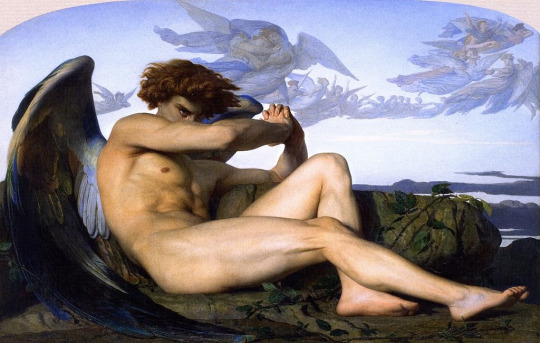
i personally adore this piece!!! a lot!!!!!!!! but anyways this painting ^ got him into suuuuper hot water bc at the time, everyone was very strict abt catholicism and it was not epic to be painting lucifer in a sympathetic way!!! he went from pretty accepted in the art world to everyone hating him and he did not like that!!!!!!!
as a result, cabanel bounced back by painting the death of moses 3 years later to enforce his loyalty to the church and religious painting LMFAO. here it is below!!! it is also a very famous piece of his!!!!!!!!

after this he was accepted For The Most Part in the pretentious french art community :3 and i love his works very much however he drew mostly naked women so ur gonna have to look them up urself HSAHABAHJHSDGKJA heres 2 non naked favs tho :D

ophelia, 1883 (wow hamlet reference)

darling bird [l’oiseau chéri], 1825 (u will have to ignore the watermark)
#UGH hes my fav i love how soft his works are#catholic church was full of haters#if u told them nowadays that l'ange déchu was ur fav theyd scream and run away#alexandre cabanel#art history#(but very general)#(and from memory)#juno infodumping ? give me something new
7 notes
·
View notes
Text
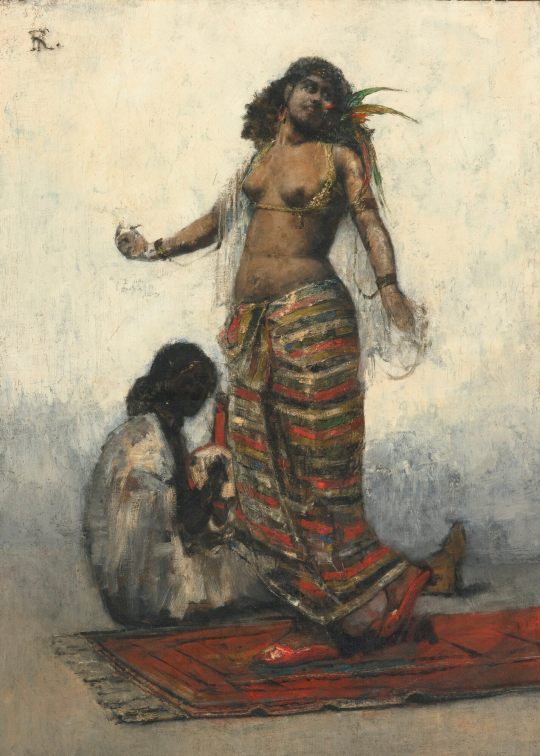
Henri Regnault (b.1843 - d.1871), 'The Slave Girl', oil on canvas, no date (1800s), French, unsold for est. 8,000 - 12,000 USD in Sotheby's Old Master & 19th Century Art sale, January 2014; New York, NY, USA.
25 notes
·
View notes
Photo




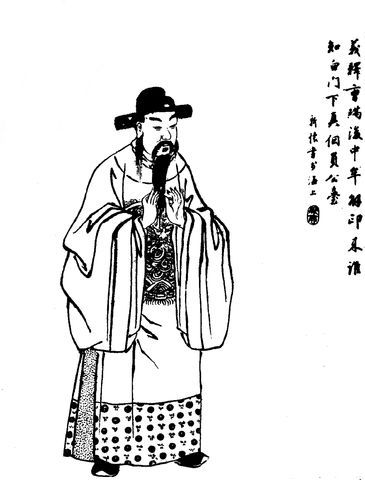


Fate/Grand Order 4th anniversary bronze Servants in art history, because why not.
Jason with the Golden Fleece by Bertel Thorvaldsen (1803)
Paris in the Phrygian cap by Antoni Brodowski (1812)
Overthrowing of the Rusty Knight (detail) by Arthur Hughes (c. 1894-1908)
Captain Bartho. Roberts with two Ships, Viz the Royal Fortune and Ranger, takes in Sail in Whydah Road on the Coast of Guiney, January 11th. 1721/2 by Benjamin Cole (1724)
Qing dynasty illustration of Chen Gong from Romance of the Three Kingdoms by unknown artist (1906)
Charlotte Corday after the murder of Marat by Paul-Jacques-Aimé Baudry (1860)
Salomé by Henri Regnault (1870)
#fate series#fate grand order#jason#paris#gareth#bartholomew roberts#chen gong#charlotte corday#salome#artist: bertel thorvaldsen#artist: antoni brodowski#artist: arthur hughes#artist: benjamin cole#artist: unknown#artist: paul jacques aime baudry#artist: henri regnault#fgoposting
62 notes
·
View notes
Photo
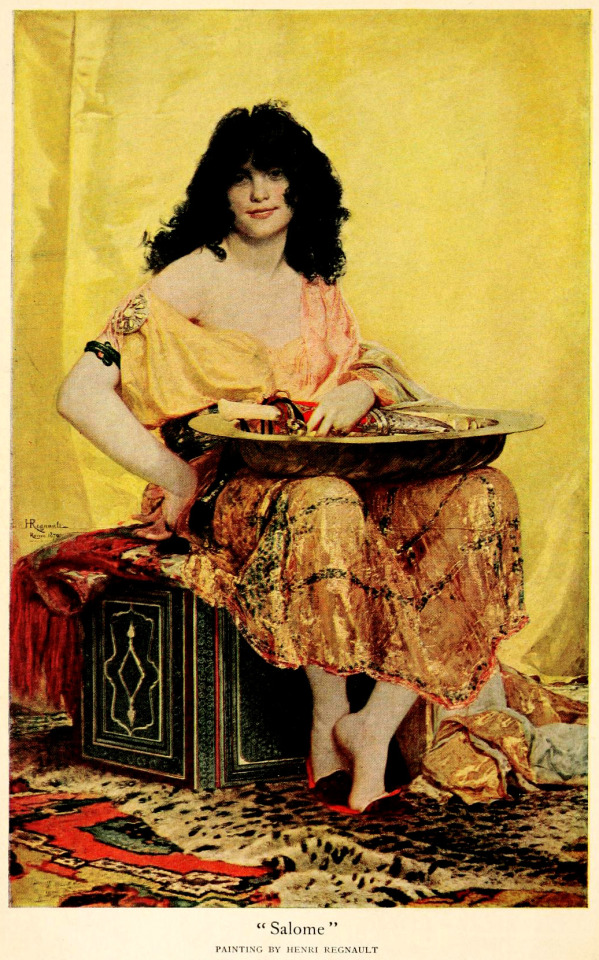
Henri Regnault (1843-1871), 'Salome', ''The Century Magazine'', Vol. 93, #4, Feb. 1917
Source
#henri regnault#french artists#french painters#salome#the century magazine#vintage art#biblical characters
208 notes
·
View notes
Photo

Through Cracks: Hold Your Horses - acrylic painting - 6″x6″ mdf - robert matejcek - 2020
“Wild, wild horses...
We’ll ride them some day...”
- The Rolling Stones - Wild Horses
tags:
#robert matejcek#acrylic painting#small scale#trompe l'oeil#portrait#figurative#horse#animals#baroque#art history#automedon with the horses of achilles#henri regnault#1868#balius and xanthus#myth#mythology#art#my art#artists on tumblr
5 notes
·
View notes
Text
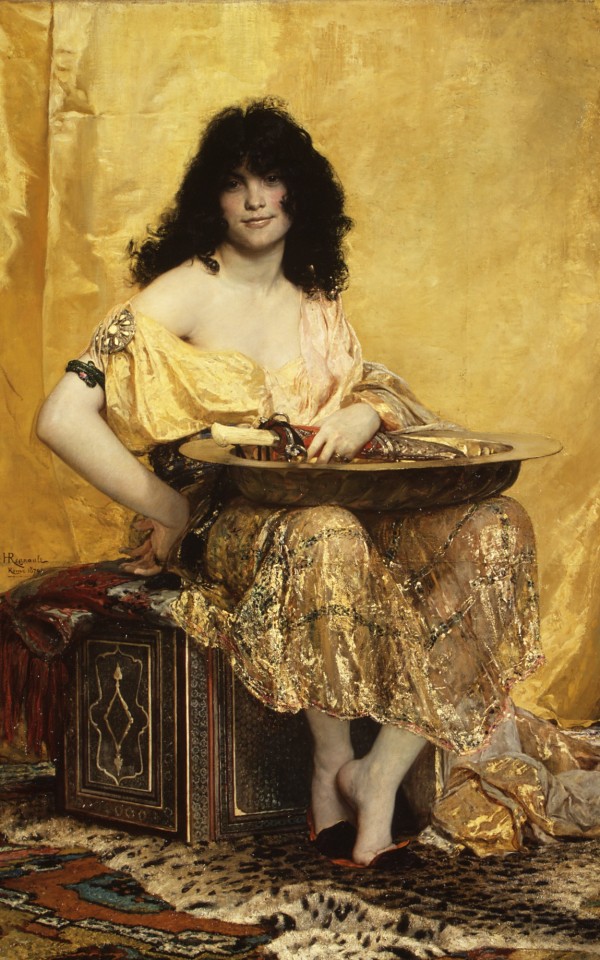
▪︎Salome.
Artist: Henri Regnault (French, Paris 1843–1871 Buzenval)
Date: 1870
Medium: Oil on canvas
296 notes
·
View notes
Photo

‘Thetis Brings Achilles the Weapons Forged by Vulcan’ (detail), 1866, by Henri Regnault (1843-1871). French artist. oil on canvas
123 notes
·
View notes
Photo

Henri Regnault, Salome
25 notes
·
View notes
Photo
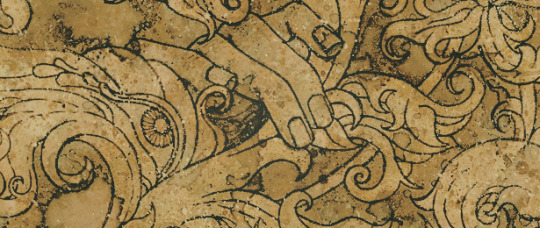
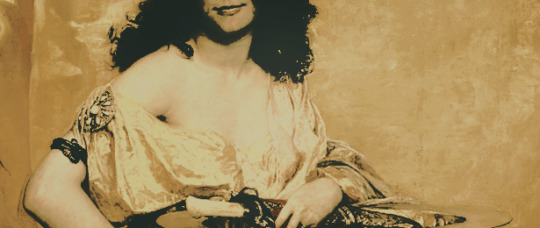

THE SIGNIFICANCE OF YELLOW.
There's a duality to yellow; it's a symbolically-rich oxymoron which, with its conflicting associations, fits Lara completely. Particularly in the 19th Century, yellow was associated with sickness, stigma, and cowardice in Western society, whilst adversely being a colour associated with value, spirituality, and heroism in the East. Interestingly, it would come to be associated with p.ornography in both Western and Eastern society.
In addition to its history, yellow’s ambivalent character as both attractive and repulsive is something that appealed to me in regards to Lara’s character, for it is in-tune with my portrayal of her character; whilst certainly beautiful, with a history of idealism and spirit, this beauty constantly is at-odds with the aspects of her personality that evoke repulsion; her violence, her temper, her blood-lust, and her undeniable greed.
To sum, the following are terms associated with the colour;
indecency. eroticism. literature. salome. spectacle. sarah bernhardt. stigma. reclamation. betrayal. repression. obsession. instability. entrapment. war. memorial. dynasty. wealth. knowledge. censorship. death. ancient. toxicity. poison. arsenic. rarity. art. incompatibility. striking. gold. eternal life. murder.
YELLOW IN LITERATURE.
In 1895, when Oscar Wilde was arrested for 'gross indecency', he was seen to be carrying a French novel with a vivid yellow book which, at the time, would denote literature of an i.llicit and e.rotic nature. People misidentified the material to be The Yellow Book (a British quarterly literary periodical of the time that published the work of authors and artists such as Henry James, H.G Wells, William Butler Yeats, John Singer Sargent, and its first art editor, Aubrey Beardsley) and associated the publication with Wilde. The day after Wilde's arrest, people demonstrated in front of the publisher, and a flurry of media reports soon cemented an association between yellow paperbacks and homosexual content. Somewhat amusingly, Wilde had previously referred to The Yellow Book as 'dull' and 'not yellow at all' in an argument with Beardsley, whom he had once collaborated with for his play Salomé, first published in France. Less amusingly, Beardsley’s reputation was for a time so ruined by tabloid journalism after the arrest of Wilde that he and his sister were forced to vacate the house they shared.
On the subject of Salome, a play that rewrote the biblical figure of the New Testament, yellow plays a particular significance; though the colour is only mentioned seemingly in passing in the play in describing her veils, the Dance of the Seven Veils was infamous in its spectacle and, in contrast with recent depictions of Salome* (notably Rita Hayworth’s portrayal), Wilde reportedly stressed the importance of the dance being in monochrome yellow to the production's costume designer, W. Graham Robertson. Yellow’s importance can also be noted in the portrait of Salomé painted by Henri Regnault, Judith II (Salome) by Gustav Klimt, and Hans Makart’s portrait of the esteemed Sarah Bernhardt**, Wilde’s friend for whom the role Salome was written but by whom it would never be performed.
Makart, a Viennese painter, found his portrait of the ‘Divine Sarah’ was met with much criticism, however, due to its yellow appearance, and thus he withdrew it from an exhibition, an action that upset Bernhardt in a time of rife Antisemitism, thus sensitivity surrounding the figure of Salome. She formulated this response in a letter to Makart that showed her initial appreciation for the portrait, her disappointment in its removal and Makart’s shame for the piece: "Yellow on yellow was the colour of Henri Regault, the late master from Paris, when he painted his Salome shouldn’t the famed Sarah not also be permitted to be yellow? [...] Yes, Mr. Makart, even though my statue has been rescued from the Ring Theatre fire, my portrait must now be driven away. And yet my head and arms are so beautifully made up, the gown, the table cloth, the embroidery, the palm fan, everything is so beautifully yellow. Take assurance that I, too, have become truly yellow from gall, because you, whom I held to be my friend, betrayed me, after you painted me in yellow.” Bernhardt knew of the stigmatising reputation of the colour at such a time, but it would seem she was interested in its reclamation and in showcasing the colour for its beauty; when she acquired the Paris theatre, then the Théâtre des Nations, she had the red plush and gilt replaced with yellow velvet and brocade and renamed it ‘Théâtre Sarah Bernhardt’. The theatre kept the name the Occupation of France by the Germans in World War II, when the name was sadly changed to Théâtre de la Cité because of Bernhardt's Jewish ancestry.
* I do use the figure of Salome as an inspiration in itself, though not from her Antisemitic depiction in the New Testament or as the seductress of Wilde’s play, but rather in how her reputation was created in itself; almost all our information about her derives from the writings of Josephus whom relied heavily on the works of Herod’s court historian Nicolaus of Damascus, and our picture of Salome is marred by the latter’s personal feud with her. Herod’s personal life was full of intrigue and violence, and Nicolaus used Salome as a decoy so as to divert the reader’s wrath at these deeds away from her brother. Thus she is described as being the instigator of all the ‘tragedies' that befell Herod, and it is only after Herod’s death that we learn why Nicolaus hated Salome: in the question of Herod’s will and Herod’s apparent heir, she supported the claim of Herod Antipas, while Nicolaus supported the pretensions of Archelaus, thus in a public hearing on the issue in Rome they were found on two opposing sides of the question. When he eventually wrote on Herodian history, he had still not forgiven Salome for this affront and thus made her into a monster. To me, she seems to be another victim of history being written by male victors.
** Sarah Bernhardt was a primary inspiration for both Lara’s grandmother, Lady Margot Peletier, and Lara herself. Ethnically Jewish, Bernhardt was the child of a wealthy Dutch Jewish courtesan, Judith Bernard. Her father payed for her education, under the proviso that she be baptised as Roman Catholic. However, she never forgot her Jewish heritage. When asked by a reporter if she were a Christian, she replied: "No, I'm a Roman Catholic, and a member of the great Jewish race. I'm waiting until Christians become better."
I have briefly mentioned before the significance of Charlotte Perkins Gilman’s The Yellow Wallpaper in my portrayal, though its relevance is primarily in regards to Lara’s mother, Lady Aemilia E. Croft, and her diagnosis of what was then referred to as ‘puerperal insanity’. Gilman’s story is one of repression and obsession, with the narrator so clearly struggling with her role as a woman of the time and her inability to be the mother that was expected of her, in society that advised women to stick to being mothers and wives and resist the temptation to over-exert themselves physically, creatively, and mentally. The Yellow Wallpaper is famous enough that I don’t think I need to write too much on it, but I would argue that the pairing of yellow and specifically female instability and female entrapment is a clear one, particularly in relation to Lara.
YELLOW IN TRADITION.
The famous song ‘She Wore a Yellow Ribbon’, a song that has existed in various forms for at least four centuries and was a popular U.S Army marching song, also bears plenty of relevance to my portrayal of Lara, based on the tradition of a yellow ribbon being associated with those waiting for the return of a loved one or of military troops who are temporarily unable to come home from war. Thus, yellow too is associated with memorial.
Though in China the term 'yellow', in regards to printed materials like books and images, too has more recently denoted p.ornography and an association for prostitution in Hong Kong the term '黃' being a colloquial for something that is 'p.ornographic' or 'l.ewd' *, it was once a colour favoured by Imperial Emperors. The beginning of the Tang dynasty, Emperor Gaozong expressly forbade others from wearing clothing in of 'reddish-yellow' (his purported reasoning being that it was the colour of THE SUN and, just as there cannot be two suns in the sky, there cannot be two emperors in a nation'), and further regulations on wearing the colour yellow would be set by following dynasties, particularly the Qing Dynasty. Royal palaces were also recognised by their yellow roofs.
* I won't pretend to be an expert on this because I definitely am not, but I do remember reading something about forbidden books of the early Mao era being hidden under yellow covers, so I'll conjecture that perhaps as being why (as well as globalisation) as, due to censorship, it remains a difficult topic to research.
In India, the colour is associated with the Hindu deity Krishna who, generally, is depicted wearing a vivid yellow robe to contrast with his blue skin. Additionally, it’s there often associated with knowledge and peace, arguably both similar or opposing to its usage in Ancient Egypt ... ;
YELLOW IN DEATH.
... there, yellow was worn to signify the dead. In contrast, it has been widely purported that Henry VIII and Anne Boleyn wore yellow on receiving the news of Catherine of Aragon's death in a calculated insult to the memory of the woman Anne Boleyn had supplanted.
I based the colouring of my Google Doc and graphics on Orpiment, an inspiration that might be becoming a little more clear in my most recent promotional graphic, which is attested as another one of the reasons for yellow's negative associations. Orpiment was a pigment relied upon by artists from ancient times until the 19th century, in spite of its extreme toxicity and its incompatibility with other common lead- and copper-based pigments, due to clear and bright yellow pigments being in rare supply.
Orpiment had a hand in the infamous case of the Dutch serial killer Maria Swanenburg, once known locally as 'Goeie Mie' or 'Good Mie' when she cared for both children and the sick and elderly in the poor Leiden neighbourhood in which she lived, who murdered an confirmed number of 27 victims (though she is suspected of possibly having killed more than 90), including her own parents, with Orpiment arsenic between 1880-83.
Though commonly a golden colour, the mineral's streak (the colour of its powder when dragged across an un-weathered surface, which tends to be more consistent than a mineral's apparent colour due to various possible trace impurities) is closer to the pale lemon-yellow. It has notably been found on the walls of the Taj Mahal, as well as in the wall decor of Tutankhamen's tomb and ancient Egyptian scrolls.
Because of its visually striking colour, the mineral itself was of wide interest to alchemists throughout Europe and Asia when searching for a way to make gold and in their quest for eternal life perhaps ironic, considering its poisonous nature. In a similar vein, it was used as a medicine for a time, in spite of its toxicity as an arsenic sulphide mineral. Perhaps more suitably, it too was used to tip poison arrows.
9 notes
·
View notes
Photo

L'Arabe de Tanger (1869)
Artist: Regnault Henri (1843-1871)
25 notes
·
View notes
Photo

Artist: Henri Regnault
#henri regnault#execution#executioner#beheading#beheaded#death#moor#moorish kings of granada#1870#1870s#1800s
137 notes
·
View notes
Text
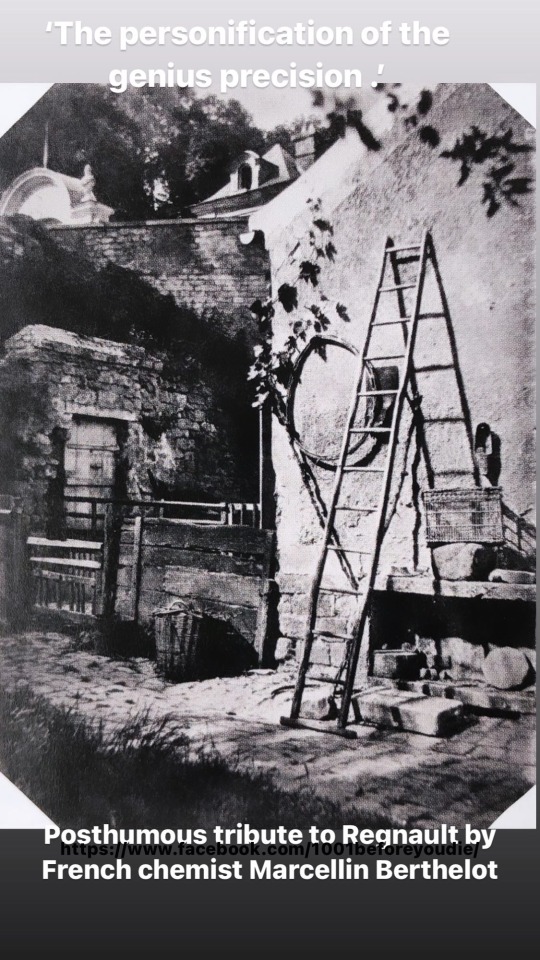
THE LADDER
———————
HENRI-VICTOR REGNAULT
Genre: Still Life
Date: 1852
Location: Sèvres, France
Format: Salt print
—————————-
“Henri-Victor Regnault (1810-78) is one of the most significant figures in early French photography. A founding member of the Société héliographies in 1851, he was also the founding president of the Société Française de Photographie in 1854.
Regnault occupies an important - indeed unique - position in that his interests spanned the diverse but overlapped fields of science, industry, photography and art. He was one the first in France to use William Henry Fox Talbot’s paper negative, or calotype, process. In 1843, Regnault met Fox Talbot when the latter visited Paris.
A distinguished chemist, professor of physics and member of the French Académie des Sciences, in 1852 Regnault was appointed director of the Sèvres porcelain factory, where he established a photography department. Regnault also had a keen artistic sensibility. In his time off from official duties, he took a series of photographs in the grounds of the Sèvres factory. The Ladder was taken in a quiet corner of the works, between the stables and the porter’s lodge. A carefully arranged collection of rustic objects created a picturesque composition. The scene is divided vertically into two balanced halves of light and shadow. The varied textures of the objects and the rough plaster wall are echoed in the surface texture of the paper in which the photograph is printed.
Furthermore, it is surely more than just coincidental that the photograph’s motif of a still life of rustic objects is very like the painted scenes of some of the finest 18th-century Sèvres porcelain - pieces with which Regnault would naturally have been intimately familiar.”(CH)
————————————-
#1transcribedtext #1001beforeyoudiecollections #1001andmore #1001beforeyoudiecollection #oldphoto #oldphotograph #french
0 notes